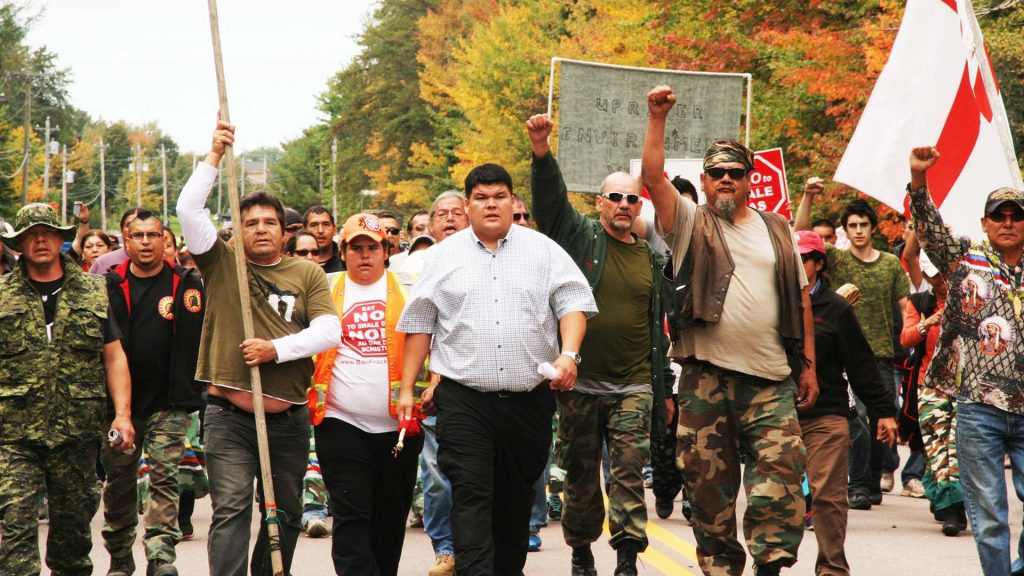
A line of Mi'kmaq demonstrators and their supporters confront a line of RCMP officers on Hwy 11 on Nov 18, 2013, near Elsipogtog First Nation. APTN/File
Rattled by Idle No More and Mi’kmaq-led anti-shale gas demonstrations, the RCMP compiled a list of 89 individuals considered “threats” as part of an operation aimed at improving the federal police force’s intelligence capacity when facing Indigenous rights demonstrations, according to an internal intelligence report.
The operation, dubbed Project SITKA, was launched in early 2014 to identify key individuals “willing and capable of utilizing unlawful tactics” during Indigenous rights demonstrations, according to the RCMP report, obtained under the Access to Information Act by two researchers working on a book about state surveillance of Indigenous peoples. The intelligence report was to provide a “snapshot of individual threats associated to Aboriginal public order events” for that year.
The report, completed in 2015 by the Mounties’ National Intelligence Coordination Centre, recommended the RCMP remove Indigenous rights activism from the terrorism-extremism umbrella and instead create a new category for intelligence gathering on the issue. The report also recommended the RCMP maintain updated profiles on identified Indigenous rights activists in police databases.
“I think that this is coming out of the fallout in 2013 with the Idle No More uprising and what happened at the end of the year with Elsipogtog,” said Andy Crosby, the Ottawa-based researcher who obtained the document along with Jeffrey Monaghan, an assistant criminology professor at Carleton University. “This really had an impact on the psyche of the settler state.”
The researchers obtained the RCMP report in an Access to Information request package from the Canadian Security Intelligence Service (CSIS).
The RCMP did not provide comment on the report as of this article’s posting.
CSIS did not respond to a request for comment.
RCMP template for Indigenous rights demonstrator profiles
The RCMP intelligence report concluded there was no central organizing individual or group directing Indigenous demonstrations, but found instead a “loose network of protestors with affiliated organizations” that often reacted to local grassroots grievances.
The report noted there were “several influential individuals within the network, a core group that demonstrated a level of stability in their networks, attendance and organization of events.”
The intelligence officers who compiled the report found no “intentional criminal nexus” or “indication of organized crime exploiting the loose network associated to Aboriginal protests to pursue a criminal agenda.”
The RCMP’s National Intelligence Coordination Centre was designated to lead Project SITKA in conjunction with Community and Aboriginal Policing, according to the report which was finalized in March 2015.
SITKA was launched “as part of the response to reducing the threat, incidence and prevalence of serious criminality associated to Aboriginal public order, events as well as to protect and facilitate the right to lawful advocacy, protest and dissent,” said the report.
The beginning of 2013 saw the tail-end of the Idle No More movement’s most spectacular demonstrations and ended with a major flare-up near the Mi’kmaq First Nation of Elsipogtog in New Brunswick over shale gas exploration in the region. The anti-shale gas demonstrations culminated in a heavily armed RCMP raid on Oct. 17, 2013, of a protest camp near Rexton, NB. The demonstrations, which lasted several months, saw dozens of arrests and a highway blocked with burning tires.
The main motive behind the anti-shale gas demonstrations—fears hydraulic fracturing threatened the region’s water—is essentially the same as those of the current ongoing demonstrations in North Dakota. There, the Standing Rock Sioux Tribe fears an oil pipeline threatens its water supply because it will run beneath the Missouri River.
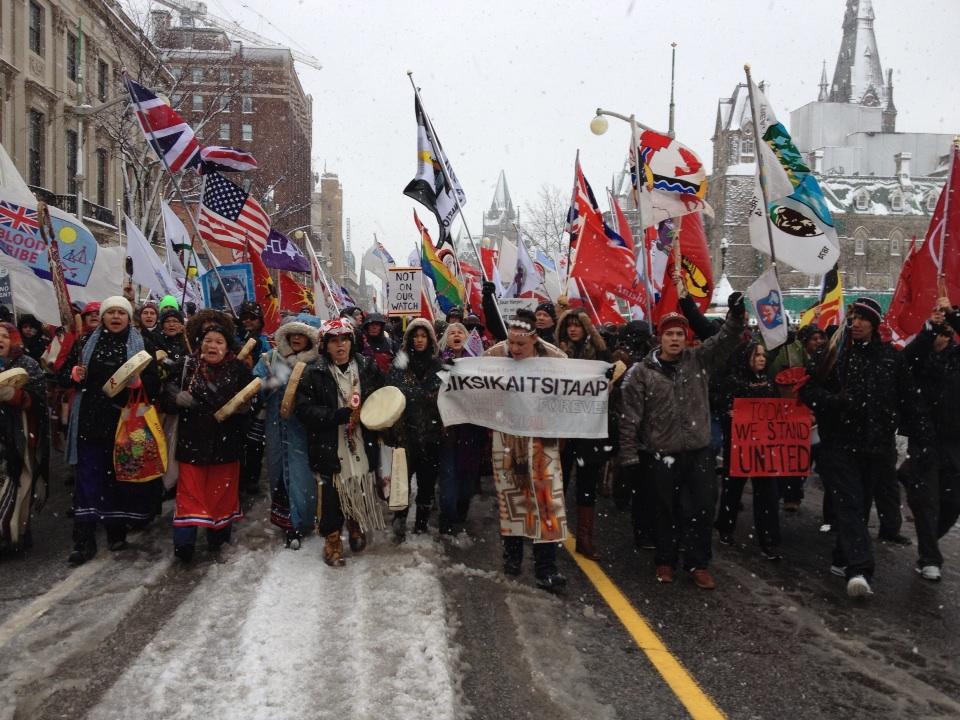
In January 2014 the RCMP designated Indigenous rights demonstrations as a National Tactical Intelligence Priority.
Using internal files from its divisions across the country, information from other law enforcement agencies and publicly available data, the National Intelligence Coordination Centre created a list of 313 individuals who posed a potential “criminal threat to Aboriginal public order events.” The list was reduced to 89 individuals, both non-Indigenous and Indigenous, who met the RCMP’s criteria. The criteria was based on background, motivation and rhetoric “to have committed or commit criminal activities” in connection with Indigenous rights demonstrations.
It’s apparent the events of Elsipogtog weighed on the minds of the intelligence officers compiling the report. Thirty-five of the 89 individuals on the list were from New Brunswick. British Columbia was next with 16 people on the list, followed by Ontario with 15, Manitoba with 11, Nova Scotia with 10, one from Saskatchewan and one from Prince Edward Island.
The report also linked the majority of the individuals on the list with the Unist’ot’en camp in British Columbia, which is anchored by the Unist’ot’en clan of the Wet’suwet’en nation. The camp has dug in over the past six years in an area along the routes of two proposed natural gas pipelines and a proposed oil pipeline. The camp sits about 66 km south of Houston, B.C., and about 1,000 km north of Vancouver.
The other groups linked by the RCMP to the 89 include the Defenders of the Land, the Indigenous Environmental Network, the Mi’kmaq Warrior Society, Idle No More, No One is Illegal, the Manitoba Warriors gang and the Council of Canadians, among others.
The RCMP intelligence officers spent six months, from April to September 2014, creating “protestor profiles” for each of the individuals on the final list. The profiles included each individual’s name, photograph, alias, date of birth, age, height, weight, phone number, email address, affiliations, vehicles, history of demonstrations, ability to move across the country and “category of protestor.”
The RCMP has three categories for demonstrators: passive, meaning law-abiding; disruptive, meaning willing to employ non-violent tactics; and volatile, meaning willing to provoke police reaction.
The profiles were filed into two databases—the Automated Intelligence Information System and the Police Reporting and Occurrence System—accessible to front-line RCMP police officers, analysts and other law enforcement agencies.
The intelligence report also analyzed the last five years of protest history for those on the list and found they were involved in 69 events, including demonstrations against the G8 and G20 and oil pipelines along with involvement in campaigns calling for a national inquiry into the disproportionate number of murdered and missing Indigenous women.
The intelligence report recommended the RCMP stop employing the language of terrorism and extremism to describe tactics used in Indigenous rights demonstrations that are “specifically criminal in nature.” The report recommended the RCMP develop a specific category for these types of demonstrations and targeted individuals to ensure “that peaceful and law-abiding individuals engaged in acts of legitimate dissent will not be investigated or analyzed for the purpose of identifying serious criminality.”
The report also recommended law enforcement brush up on the systemic issues that often trigger Indigenous rights demonstrations.
“Currently assumptions can be made for the causal root of protests; however, without a clear holistic analysis of root causes within a community, this will remain unknown,” said the report. “(It) is recommended that a holistic community analysis methodology be implemented in Aboriginal communities where the RCMP has a policing presence. This community analysis will not only provide information on where the next potential protest would occur….It also enables communities to actively engage, communicate and cooperate with police on a spectrum of topics and issues that have the potential to lead to grievances or miscommunication.”
Crosby and Monaghan’s book will be published by Fernwood Publishing.




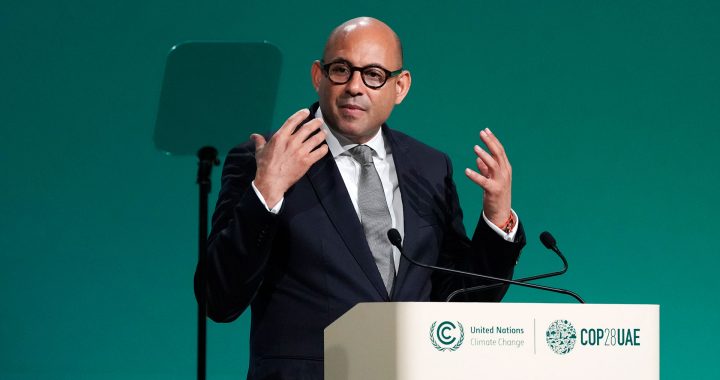
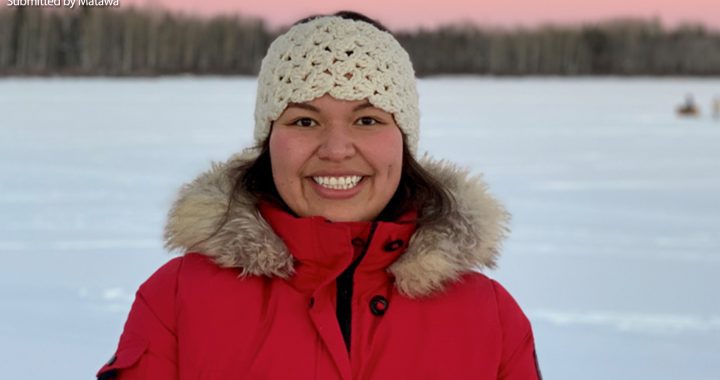
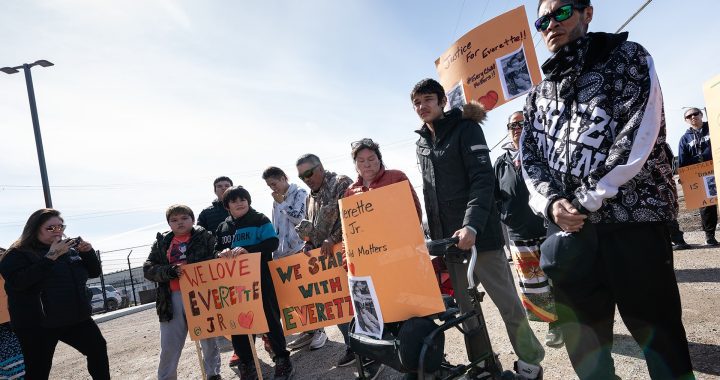
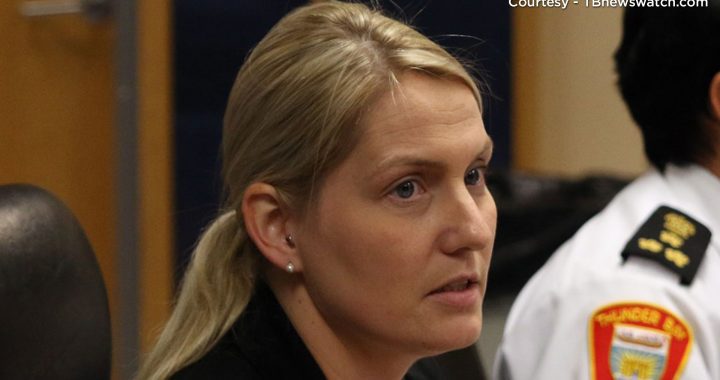
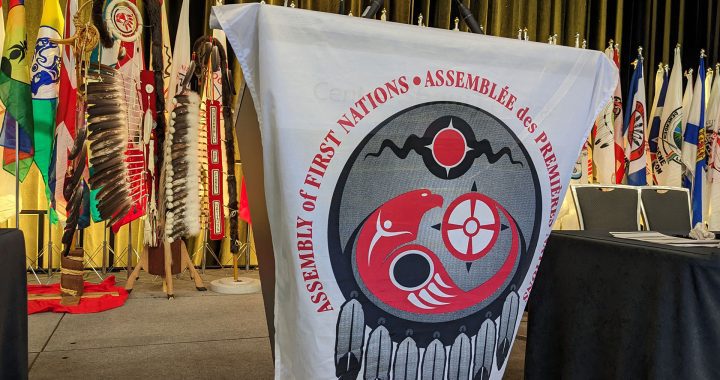
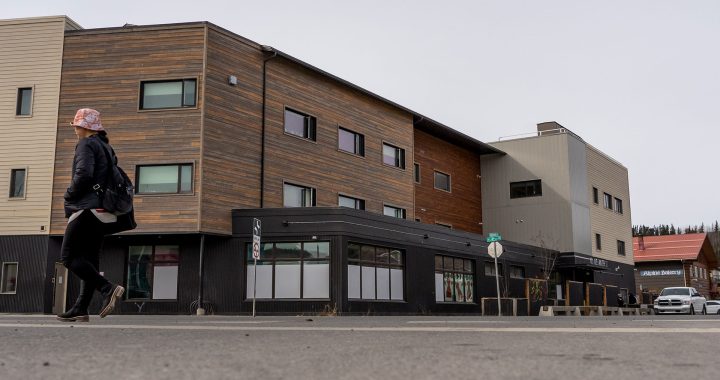
I think Saskatchewan and Alberta should be a bit embarrassed by their lack of identified ‘troublemakers’.
Greetings from Europe. We have our own struggles here. I watch you and your actions with great admiration, giving me strength and direction. We in the modern corporate west have a lot to learn from indigenous people. Thank you for being there.